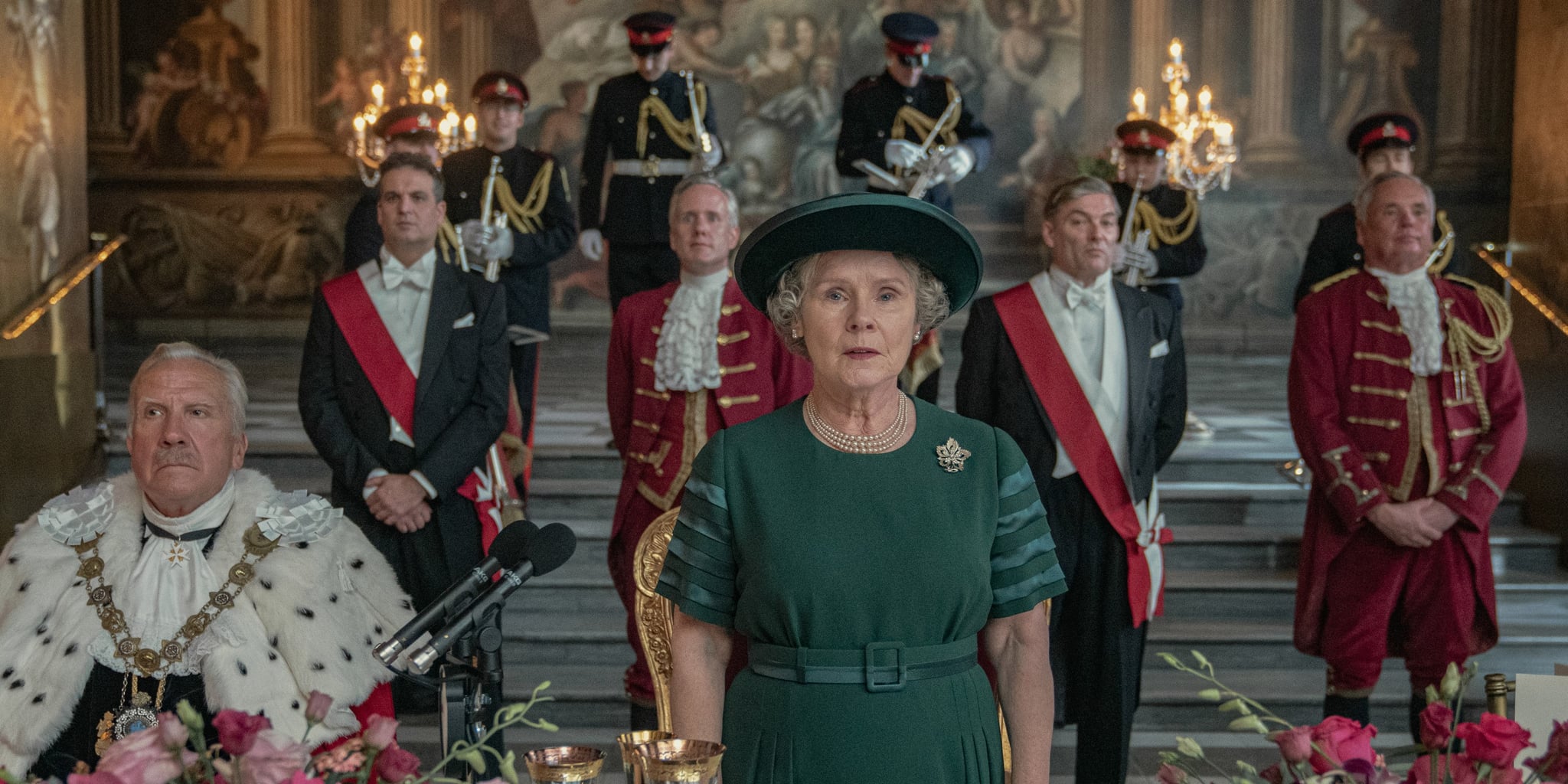
“The Crown” is back with a new season, a new cast, and a new take on historical events that are creeping closer and closer to the present day. The first episode of season five, set in 1991, is titled “Queen Victoria Syndrome” and spends a lot of time talking about that very idea. As it so happens, the phrase is a catchy way of indicating the growing dissatisfaction with the monarchy that plagues the characters throughout the season.
What Is Queen Victoria Syndrome?
As used in “The Crown,” the phrase “Queen Victoria Syndrome” refers to an aging, long-reigning monarch who begins to be perceived as stuffy, outdated, and out of touch with the public while simultaneously resisting any efforts at change or any suggestions of stepping aside. In the first episode of the new fifth season, it’s a headline citing a new public poll from the Sunday Times that seems to show the public turning on Queen Elizabeth II — calling her irrelevant, old, and out of touch — and preferring her to step down in favor of her son Prince Charles.
What Did Queen Victoria Do?
The phrase references Queen Victoria, Queen Elizabeth II’s great-great-grandmother, who reigned for 64 years from 1837 to her death in 1901. Victoria’s reign was the longest of any British monarch in history until Elizabeth herself surpassed her, and, like Elizabeth, her reign stretched long enough to see enormous shifts in society that she didn’t always keep up with. Historically, Queen Victoria was somewhat reclusive and quite stuffy for much of her reign. In particular, after the death of her husband, Prince Albert, in 1861, she entered deep mourning and spent the remaining 40 years of her life as the “widow at Windsor,” with a reputation for resisting change and dwelling in the past.
Victoria had a difficult relationship with her eldest son and heir, Bertie, later King Edward VII. Young(ish), vibrant, and outgoing (and also something of a playboy), Edward enjoyed a boost in popularity at the same time as his mother’s popularity waned. Even as she aged, Victoria refused suggestions that she abdicate and let Edward take the throne, a decision which further strained the relationship between mother and son. Edward did not take the throne until Victoria’s death in 1901, when he was 60 years old, and he only reigned for less than a decade before his own death. Until Charles surpassed his record in 2011, Edward was the longest-serving heir apparent in British history.
“The Crown” sharply underlines the parallels between Victoria and Edward’s situation and Elizabeth and Charles’s. Charles is similarly depicted as a man nearing middle age while still waiting in the wings, finally coming into his own as his mother begins to be perceived as losing her touch. Charles — or at least the semifictionalized version depicted in the show — grows frustrated with the queen’s resistance to change, as well as his own frustrated ambitions as he continues the role of “waiting.”
In the episode, the queen brushes off accusations of Queen Victoria Syndrome, insisting on taking any comparison to her history-making ancestor as a compliment. She continues to value stability and tradition, in contrast with Charles’s vision for a modernized monarchy. But, as both “The Crown” and real-life history show, a little bit of both might wind up being the most successful path for the monarchy to survive.
